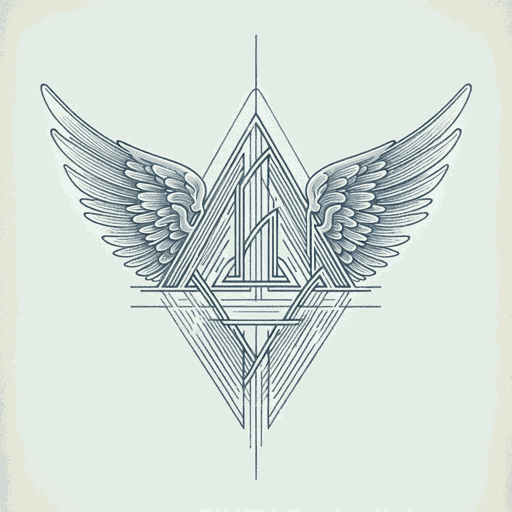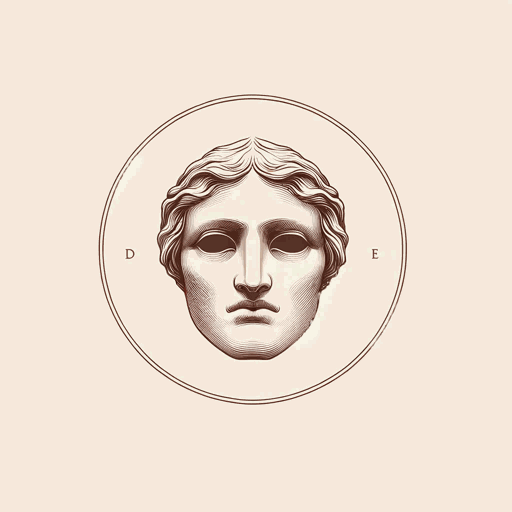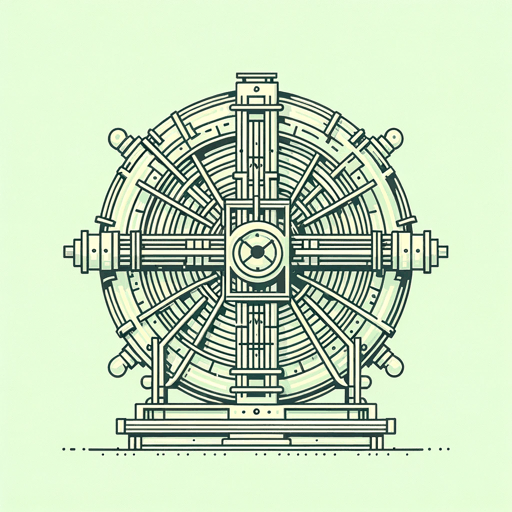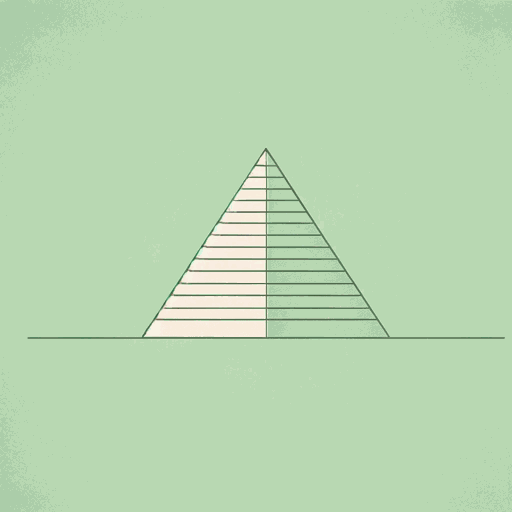72 pages • 2 hours read
Dan BrownAngels and Demons
Fiction | Novel | Adult | Published in 2000A modern alternative to SparkNotes and CliffsNotes, SuperSummary offers high-quality Study Guides with detailed chapter summaries and analysis of major themes, characters, and more.
Important Quotes
“Instantly, the breath went out of him. It was like he had been hit by a truck. Barely able to believe his eyes, he rotated the fax again, reading the brand right-side up and then upside down.”
(Chapter 1, Page 9)
Brown stresses Robert Langdon’s shock and disbelief to convey the incredible nature of the ambigram imprinted on Leonardo Vetra’s chest. The apparent authenticity of the brand, which points to genuine Illuminati involvement, involves Langdon in the situation and initiates the Geneva and Rome plot developments. Though the brand seems to implicate the Illuminati, the brand’s authenticity foreshadows Carlo Ventresca’s involvement, as he discovered the brand in the Papal vault.
“On a busy European street, the killer serpentined through a crowd. He was a powerful man. Dark and potent. Deceptively agile. His muscles still felt hard from the thrill of his meeting.”
(Chapter 5, Page 12)
The Hassassin is characterized as both powerful and intimidating. The choice of the word “serpentined” likens him to a snake and implies that his movement down the street, and his actions more broadly, are smooth but menacing and wily. He is quickly established as a fearful antagonist. This characterization foreshadows the torturous murders that he carries out with apparent delight.
“On the far wall, dominating the decor, was an enormous wooden crucifix, which Langdon placed as fourteenth-century Spanish. Above the cruciform, suspended above the ceiling, was a metallic mobile of the orbiting planets. To the left was an oil painting of the Virgin Mary, and beside that was a laminated periodic table of elements.”
(Chapter 13, Page 43)
Vetra symbolizes the union of science and Catholicism, elements that have traditionally stood in opposition. His study, which is adorned with both religious and scientific features, acts as a broader symbol of his belief that these schools of thought are complementary rather than in opposition.







